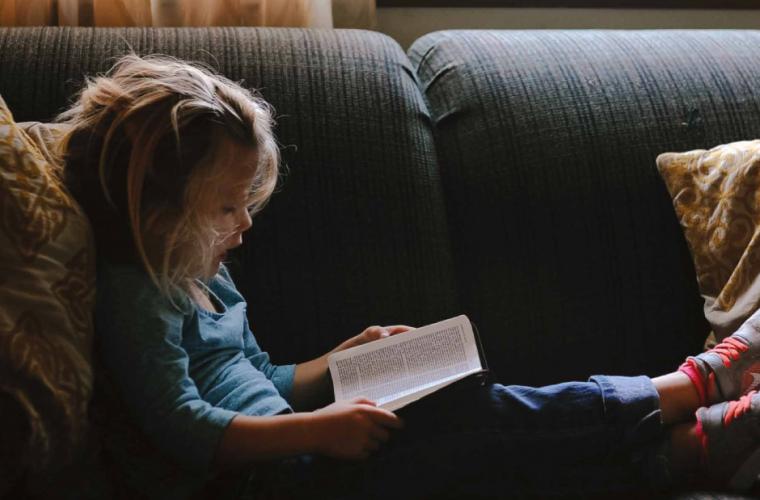“Our six-point plan would give councils a better chance of being able to move homeless children into permanent accommodation and also minimise the risk of other households becoming homeless as a result of the pandemic."

Around 450 primary schools’ worth of homeless children are spending lockdown in temporary accommodation amid a chronic shortage of affordable housing, the Local Government Association warns today.
Latest figures for England show there are 127,240 children living in temporary accommodation, including 1,440 households with children in bed and breakfasts.
The LGA said the number of children having to spend the latest national lockdown in temporary accommodation reinforces the urgent need for the Government to ensure building of more affordable homes to rent, which is central to our recovery from the pandemic.
Following the extension to the ban on bailiff enforcement action, the LGA has set out a six-point plan of further action the Government can take during these critical weeks to protect renters and prevent further homelessness once the ban is lifted. It says this is crucial to minimise the disruption to children’s schooling and home lives as a result of the lockdown.
Cllr David Renard, LGA housing spokesperson, said:
“Living in temporary accommodation is disruptive and challenging for children and their families in normal times. These pressures will be being compounded by going into another lockdown, and on top of that some are unable to attend school.
“Our six-point plan would give councils a better chance of being able to move homeless children into permanent accommodation and also minimise the risk of other households becoming homeless as a result of the pandemic.
“This should include ensuring the welfare system is able to support families facing hardship and increasing the housing supply available to councils, as well as powers for councils to acquire empty properties and build much-needed social housing.”
Notes to Editors
The LGA, which represents councils, is calling for a package of measures including:
- Powers for councils to acquire empty homes, including making it easier to use Compulsory Purchase Order powers to buy properties and help move households on from temporary accommodation;
- Improved protection through the welfare system, including maintaining the £20 per week increase in Universal Credit and maintaining Local Housing Allowance rates at the lowest third of market rents – both of these measures are currently due to be removed in April;
- An immediate review of the impact of the overall benefits cap in the context of the pandemic;
- Ensuring that councils have enough resources to support households at risk of homelessness – this includes proper resourcing for local welfare schemes, which play a vital role in alleviating financial hardship;
- Setting out plans to deliver a step-change in social housing – the LGA is calling for 100,000 social homes for rent to be delivered every year
- Bringing forward the Government’s pledge to end ‘no fault evictions’, which will prevent more households from becoming homeless once the stay on bailiff proceedings is lifted.
Latest temporary accommodation figures
Building post-pandemic prosperity - Building 100,000 new social homes a year
